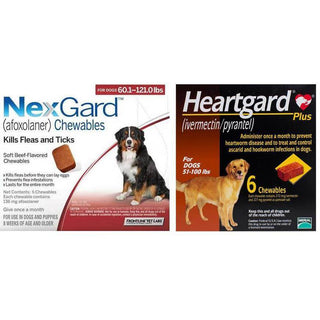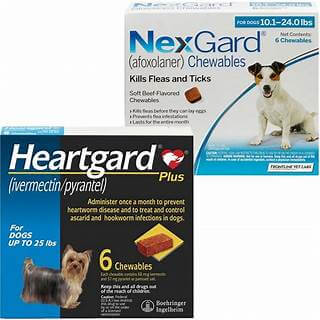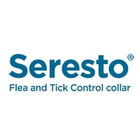
Introduction
If you’ve ever found your cat chewing on shoelaces, wires, plants, or even furniture, you’re not alone. Many cat owners wonder why their feline friend insists on chewing things that aren’t food. While occasional chewing is normal, excessive or destructive chewing may signal boredom, stress, health issues, or an underlying condition, such as pica.
Understanding why cats chew on everything can help you protect your pet’s health, your home, and bring peace of mind. In this guide, we’ll explore the most common reasons behind this behavior, potential dangers, and safe solutions to redirect your cat’s chewing habits.
Why Do Cats Chew on Everything?
1. Natural Instincts and Curiosity
Cats are naturally curious creatures. Kittens, especially, use their mouths to explore the world—much like human babies. Chewing helps them discover textures and learn about their surroundings. While most cats outgrow this phase, some continue to chew into adulthood.
2. Teething in Kittens
Just like puppies, kittens go through a teething stage between 3 to 6 months of age. During this time, chewing helps soothe sore gums and ease discomfort. Providing safe chew toys can reduce the urge to chew on inappropriate objects.
3. Boredom and Lack of Stimulation
Indoor cats may chew on items when they don’t get enough physical or mental exercise. Chewing becomes an outlet for pent-up energy. If your cat is left alone for long hours without toys or interaction, destructive chewing can quickly become a habit.
4. Stress and Anxiety
Cats sometimes chew to relieve stress, much like humans bite their nails. Changes in their environment, such as moving to a new home, introducing a new pet, or even loud noises, may trigger this behavior. Stress-related chewing often focuses on fabric, cords, or personal belongings.
5. Pica – Eating Non-Food Objects
Some cats suffer from a condition called pica, where they compulsively eat or chew non-food items, such as plastic, fabric, cardboard, or paper. Pica can be linked to dietary deficiencies, genetic tendencies (common in Siamese and Burmese cats), or behavioral issues.
6. Dental Problems
Chewing can also be a sign of dental pain. If your cat has inflamed gums, broken teeth, or oral discomfort, they may chew objects in an attempt to find relief. Regular dental check-ups are essential for preventing these issues.
7. Nutritional Deficiencies
In some cases, chewing is a sign your cat’s diet is lacking essential nutrients, such as fiber or minerals. Cats may attempt to chew or eat plants, fabrics, or even wood as a way to supplement what’s missing.
Potential Dangers of Chewing in Cats
While chewing may seem harmless at first, it can expose cats to several risks:
- Electrical cords → Can cause burns or electrocution.
- Toxic plants → Many common houseplants, like lilies, are poisonous to cats.
- Plastic or fabric ingestion → May cause blockages in the digestive system.
- Furniture or painted wood → Paint and chemicals can be harmful.
If you suspect your cat has swallowed something unsafe, contact your veterinarian immediately. Symptoms such as vomiting, lethargy, drooling, or loss of appetite should never be ignored.
How to Stop Your Cat from Chewing Everything
1. Provide Safe Alternatives
Offer your cat chewable toys designed specifically for felines. Rubber toys, fabric balls, and even catnip-stuffed chew toys are great options. Rotating toys keeps them exciting and reduces boredom.
2. Increase Playtime and Exercise
Interactive play with feather wands, laser toys, or puzzle feeders helps channel your cat’s energy in a positive direction. A tired cat is far less likely to engage in destructive chewing.
3. Make Problem Areas Less Tempting
- Use cord protectors or tape wires to the wall.
- Spray deterrents (safe, pet-friendly sprays) on furniture legs or plants.
- Store shoes, bags, and small chewable items out of reach.
4. Address Stress and Anxiety
Create a calm and predictable environment for your cat. Provide cozy hiding spots, cat trees, or shelves where they can retreat and feel safe. Consider using pheromone diffusers (like Feliway) to reduce anxiety.
5. Ensure a Balanced Diet
Consult with your veterinarian to determine if your cat’s food provides complete nutrition. Sometimes, adding more fiber or supplements can help reduce the urge to chew on inappropriate objects.
6. Regular Vet Check-Ups
Since chewing can also signal dental problems or medical issues, routine veterinary visits are essential. If chewing becomes excessive or dangerous, consult your vet for advice and possible testing.
When to See a Veterinarian
Seek professional help if:
- Your cat is exhibiting obsessive-compulsive behavior, such as chewing or swallowing objects.
- You notice signs of illness such as vomiting, diarrhea, or lethargy.
- Chewing is combined with weight loss or loss of appetite.
- Your cat may damage wires, ingest toxic plants, or access hazardous materials.
A vet can rule out health conditions, provide treatment for pica, and guide you on safe behavioral management.
Conclusion
Cats chew on things for many reasons—ranging from natural curiosity and teething to boredom, stress, or even medical issues. While occasional chewing may be harmless, frequent or dangerous chewing should not be ignored.
By offering safe chew alternatives, increasing playtime, ensuring proper nutrition, and consulting your veterinarian, you can help your cat overcome this habit. Ultimately, addressing the root cause keeps your furry friend safe, happy, and healthy—while saving your home from unnecessary damage.






